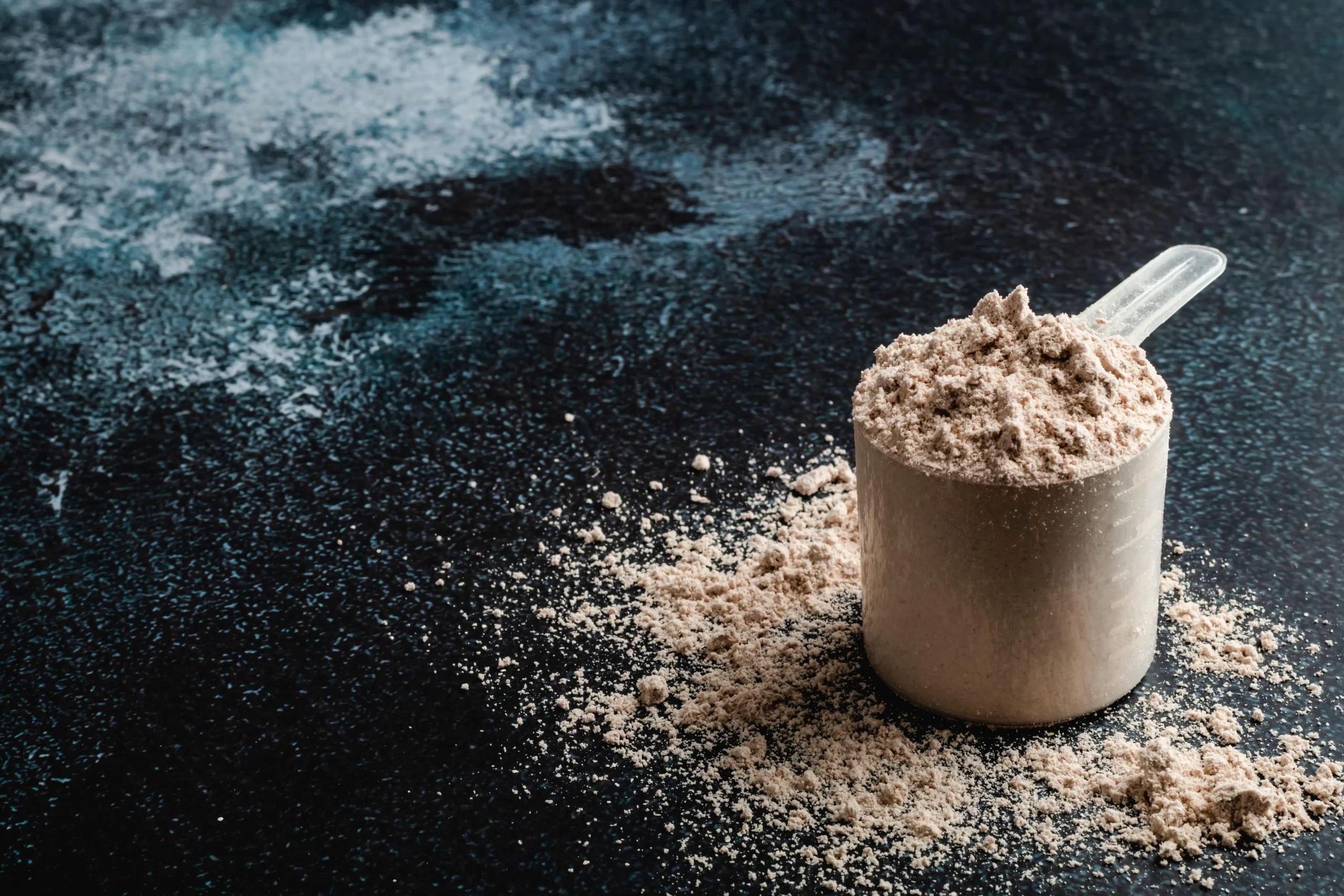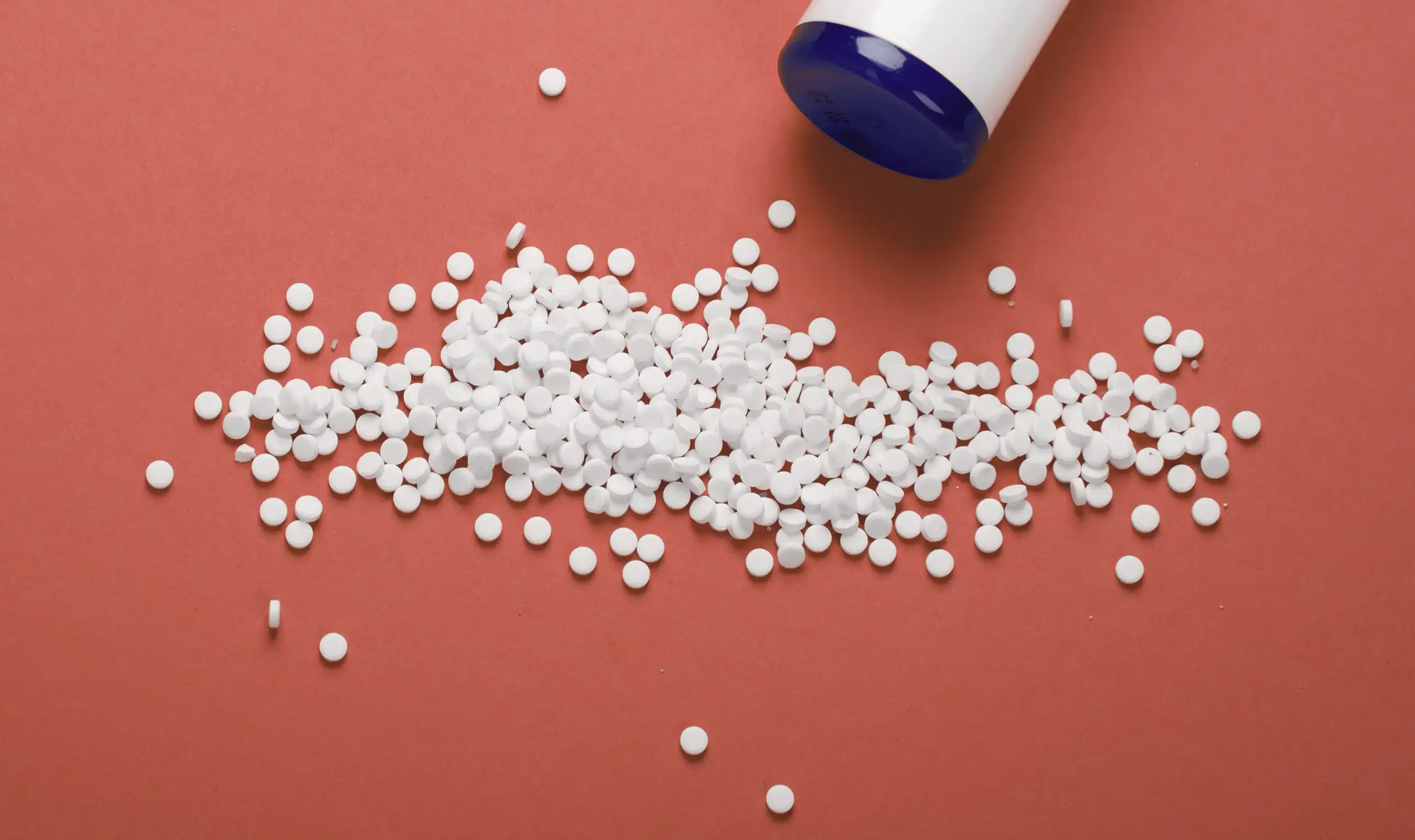For a product developer, the decision between Whey Protein Concentrate (WPC) and Whey Protein Isolate (WPI) is far more than a nutritional choice. It’s a technical decision that directly impacts a product’s texture, flavor, cost, and market positioning. While both are high-quality dairy proteins, they are not interchangeable.
Making the wrong choice can lead to a gritty texture in a ready-to-drink (RTD) beverage or unnecessary costs in a protein bar. This guide is designed for formulators to clarify the differences and help you select the optimal ingredient for your specific application.
The fundamental difference: processing and purity
The core distinction between WPC and WPI lies in the processing method and the resulting protein concentration. Both begin as sweet whey, a by-product of cheesemaking.
- Whey Protein Concentrate (WPC): Produced via ultrafiltration, which separates protein from most of the lactose, fat, and minerals. A WPC 80, for example, is standardized to contain 80% protein.
- Whey Protein Isolate (WPI): This undergoes further processing, typically through methods like cross-flow microfiltration, to remove even more of the non-protein components. The result is a much purer ingredient, standardized to contain 90% or more protein.
These advanced filtration techniques, as detailed in journals like Foods, are critical for achieving the high purity and specific functional properties that define a high-quality whey protein isolate.
Head-to-head comparison: a technical breakdown
Here is a direct comparison of the key attributes that matter most during product development:
| Feature | Whey Protein Concentrate (WPC 80) | Whey Protein Isolate (WPI) |
|---|---|---|
| Protein Content | ~80% by weight | >90% by weight |
| Lactose & Fat | Higher levels (can aid mouthfeel) | Very low to negligible |
| Functionality | Excellent emulsification and viscosity | High clarity and low viscosity |
| Flavor Profile | Mild, slightly creamy/milky notes | Extremely neutral, very clean taste |
| Cost-in-Use | More economical | Premium, higher cost |
Application guide: when to choose WPC 80 and when to choose WPI
The best choice depends entirely on your product’s goals and constraints.
Choose WPC 80 for:
- Cost-effective formulations: When you need a high-quality protein boost without the premium price tag of an isolate.
- Protein bars and baked goods: The residual fat and lactose can improve mouthfeel, texture, and browning, creating a more palatable product.
- Creamy shakes and meal replacements: Where a slightly richer, creamier texture is desirable.
Choose WPI for:
- Premium ready-to-drink (RTD) beverages: Its high solubility and low viscosity prevent sedimentation and deliver a smooth, clean mouthfeel.
- “Low-lactose” or “low-carb” products: The negligible lactose content is essential for making these claims and catering to sensitive consumers.
- Clear or fruit-flavored protein drinks: Where a neutral taste is absolutely critical to let the intended flavor shine through.
- High-purity clinical or infant nutrition: When maximizing protein delivery per gram is the primary objective.
Beyond the spec sheet: choosing the right supplier
Selecting the right ingredient is only half the battle. Your supplier must guarantee consistency. A slight variation in a WPC’s functionality can ruin a batch of protein bars. A WPI that isn’t truly neutral in flavor can compromise an entire RTD production run.
At NutriPartners, we provide:
- Full documentation: A Certificate of Analysis (CoA) accompanies every batch, guaranteeing it meets the agreed-upon specifications.
- Technical partnership: Our team is available to discuss your specific formulation challenges and help you leverage the full potential of each ingredient.
The choice between WPC 80 and WPI is a strategic one. It’s about balancing performance, cost, and the final consumer experience.
Facing a formulation challenge or unsure which whey protein fits your project? Contact our team for a technical consultation to find the perfect solution.





